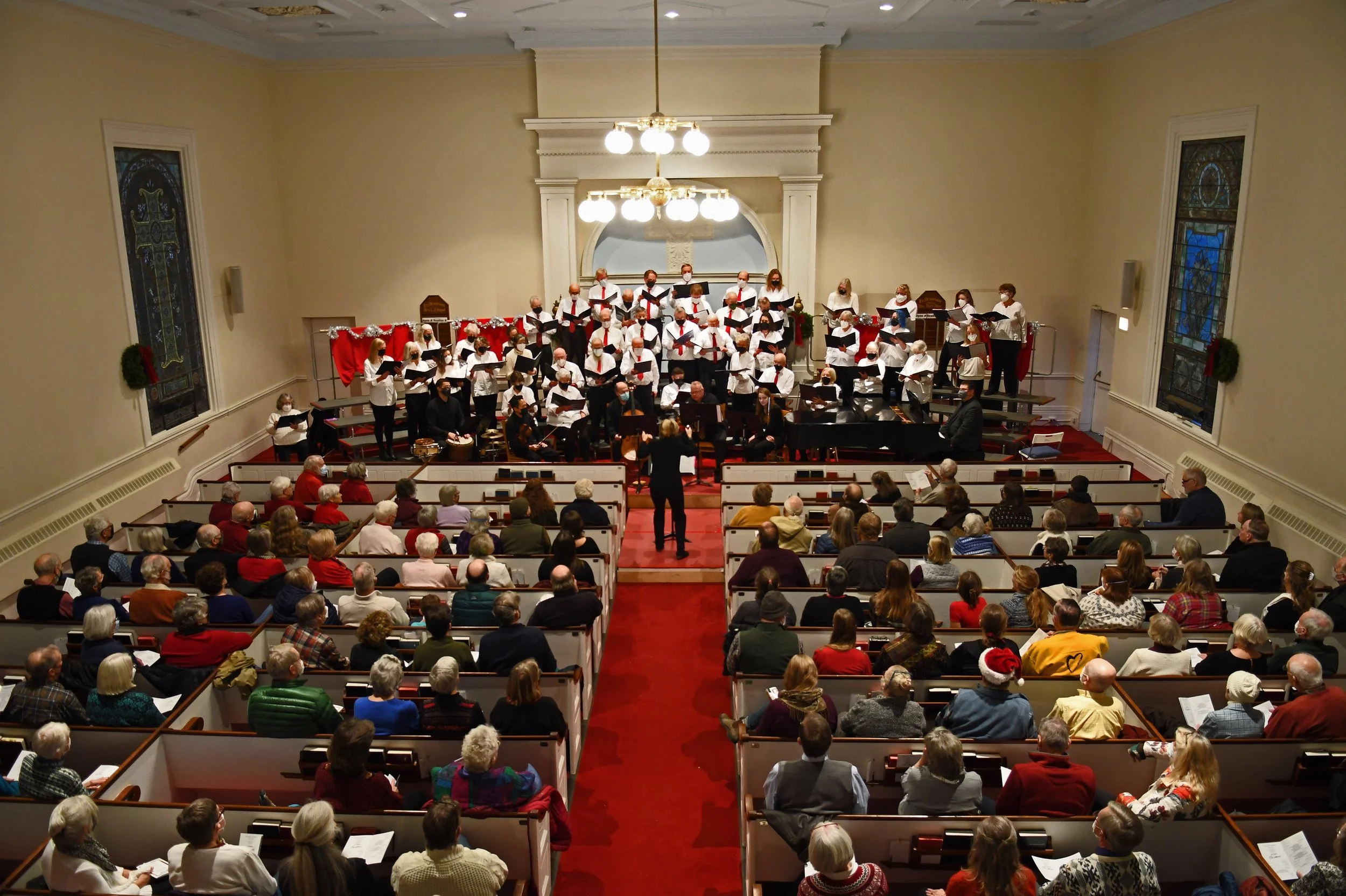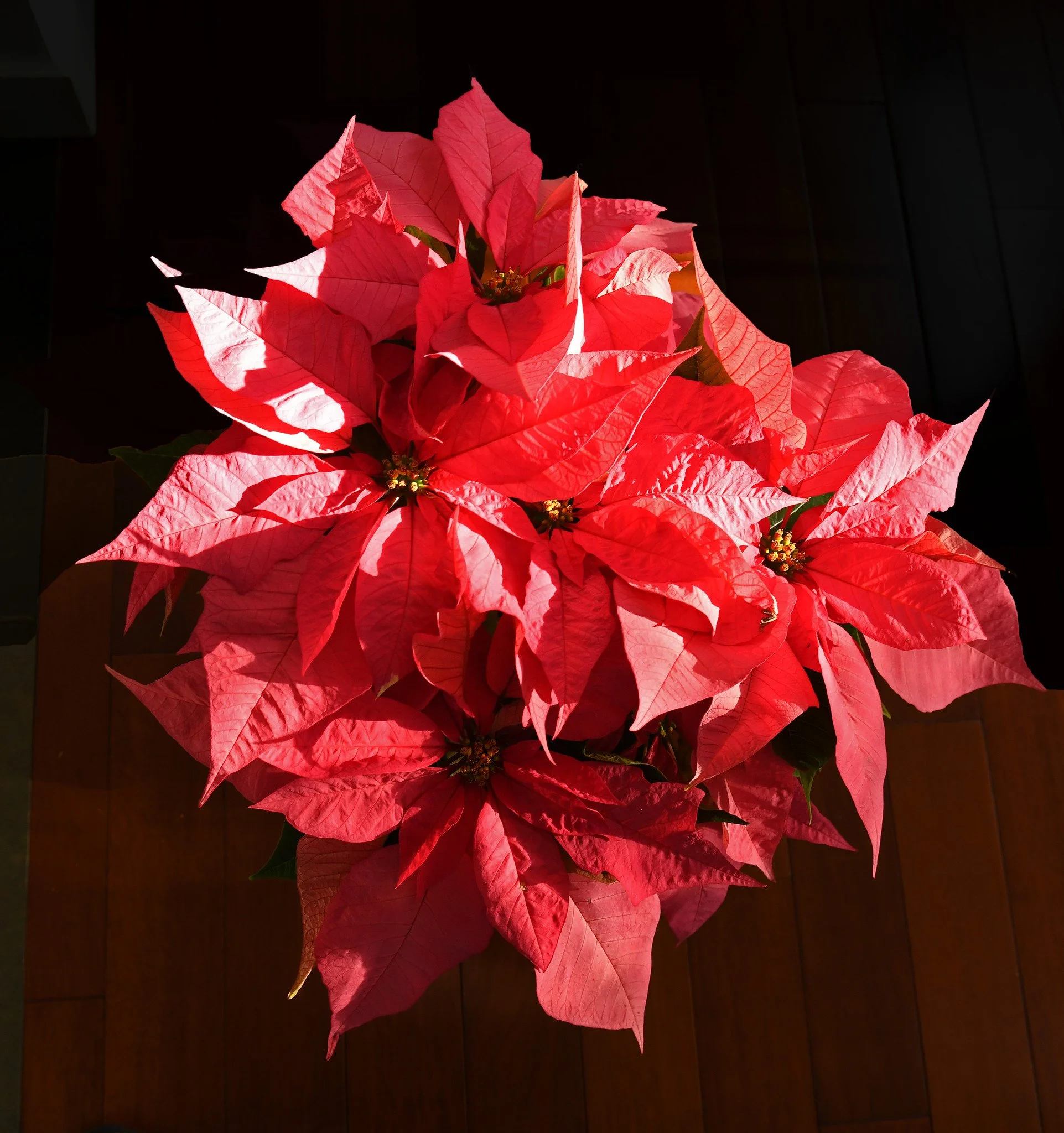Nonetheless, it IS a good time to remind ourselves of some of the ice-safety tips that Maine officials have issued. The principal State guidance is to stay off ice that is not at least four inches thick. And, no matter what the thickness, check the color of the ice before stepping on it. While checking that color, you might sing this Maine mnemonic (“NU-mahn-ick,” a memory tool): “Thick and blue, tried and true; thin and crispy, way too risky.”
Although ice color is not an infallible indicator of risk conditions, it can be helpful in deciding whether to become ice-borne. Here are the color indicators:
· Light Gray to Dark Black Ice: STAY OFF! This is forming or melting ice, even if it looks thick and the temperature is well below freezing.
· White to Opaque/Cloudy Ice: This most likely is a layer of water-saturated snow that froze on top of other ice. Be cautious, even if the underlying ice is thick; it might have air pockets in it.
· Blue to Clear Ice: This is high-density, very strong ice that is the safest type when at least four inches thick.
Texture also can be an important indicator of ice’s weight-bearing capacity. “Rotten Ice” can be thick, but mottled and/or slushy on top. It may contain weak spots that are thawing. (Image taken in Brooklin, Maine, on December 19, 2022.)






















































